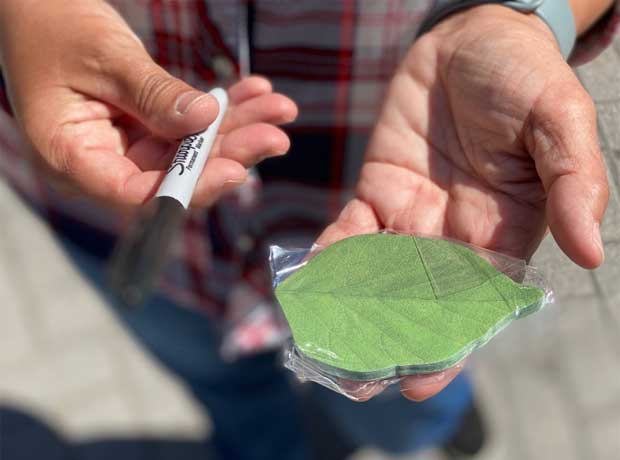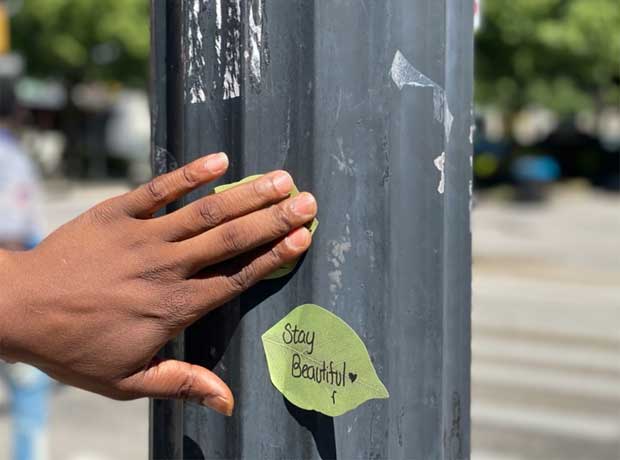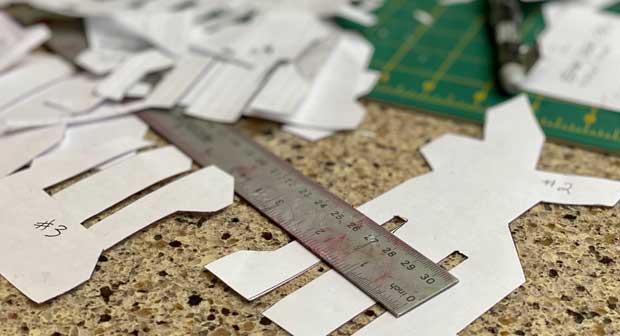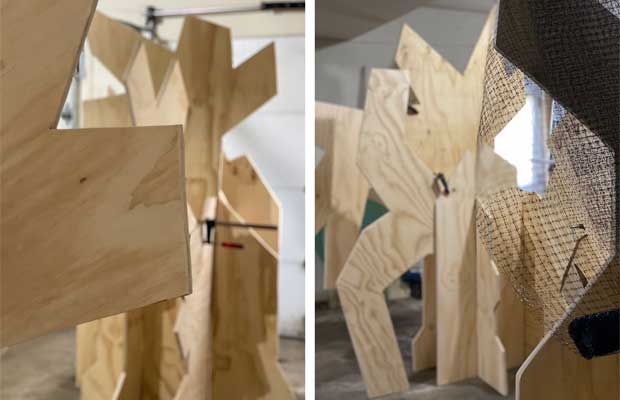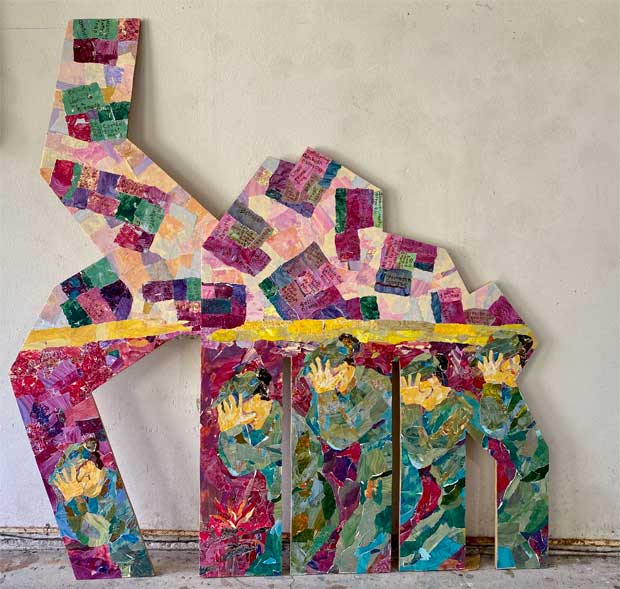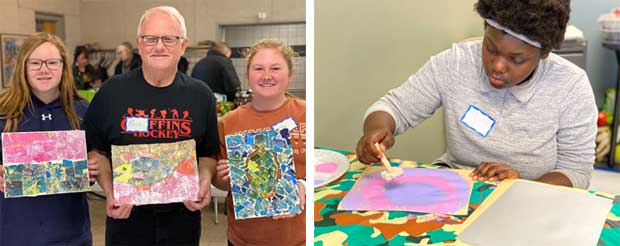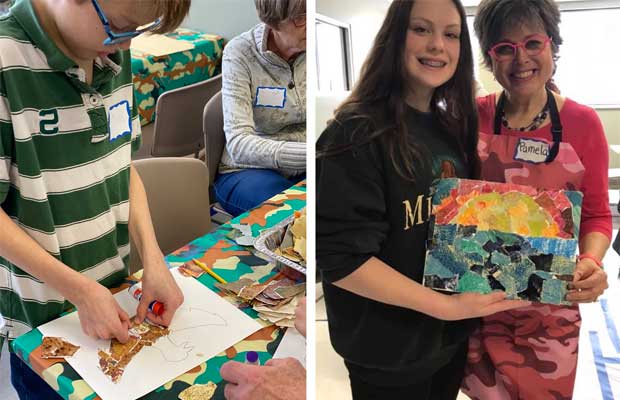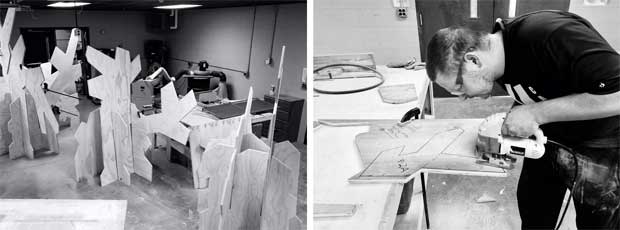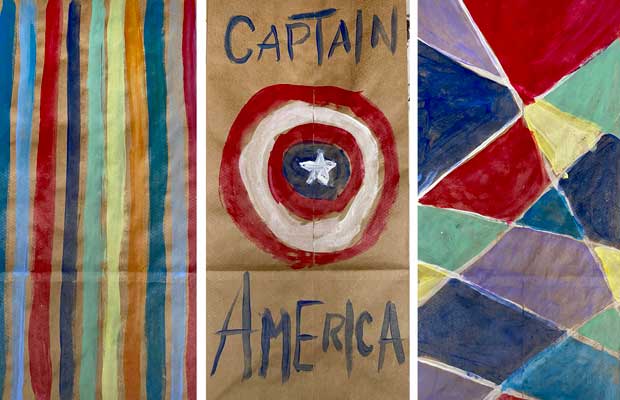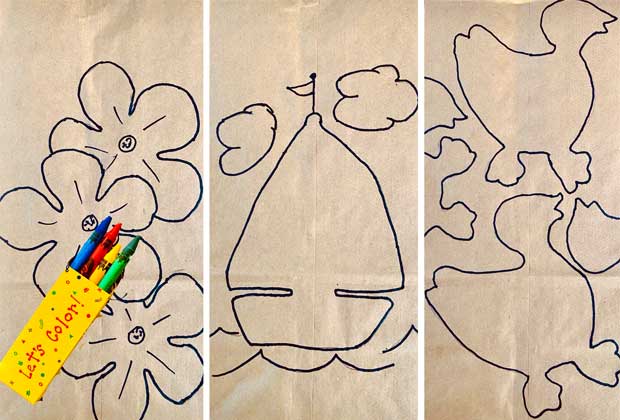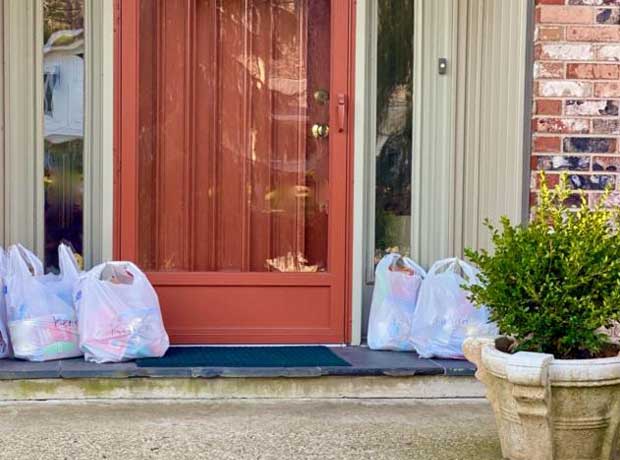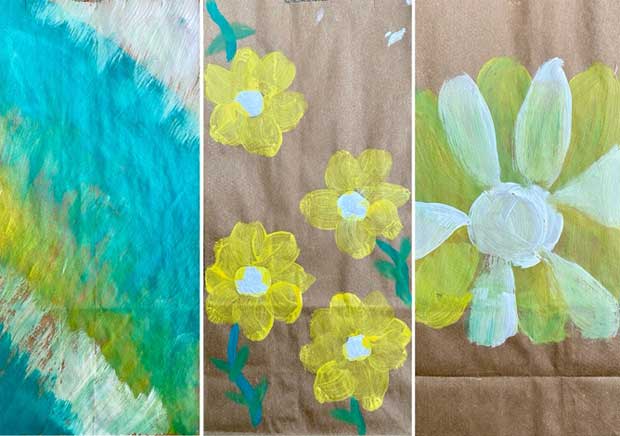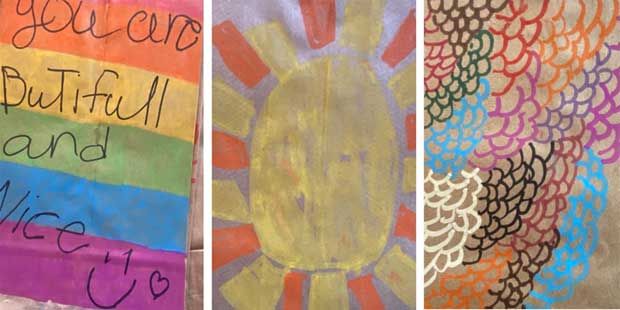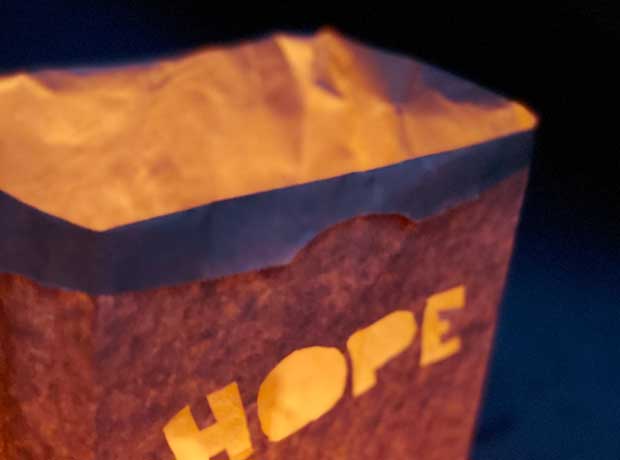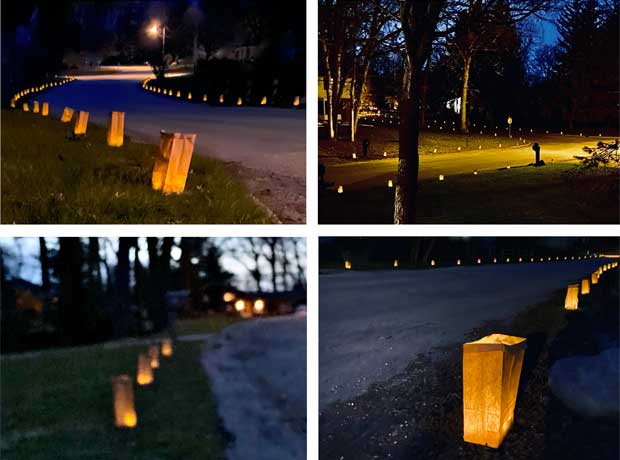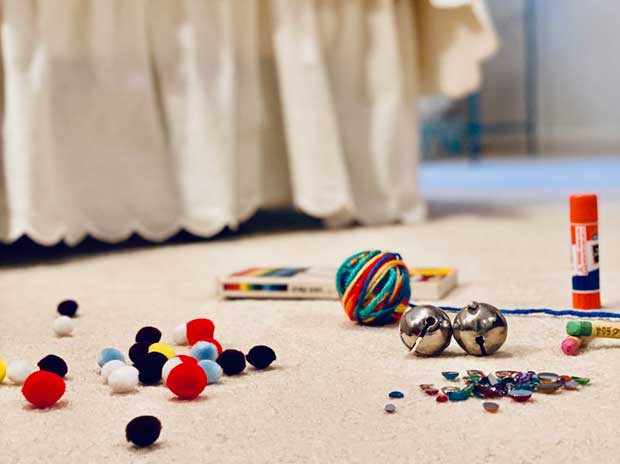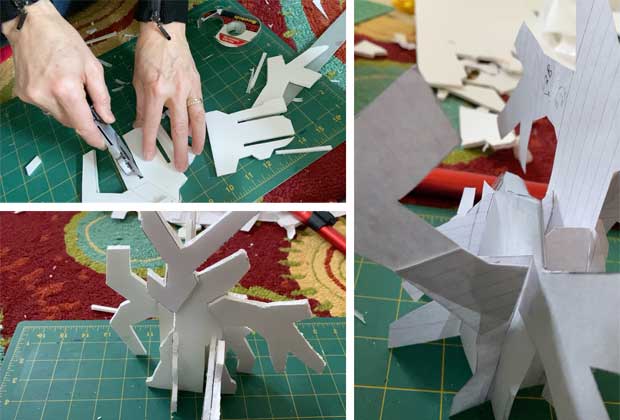Do You Still Love Me?
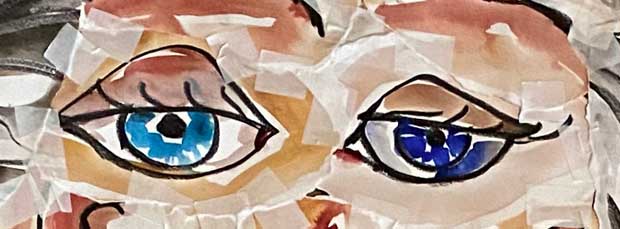
Do you remember the last time you really, truly made eye contact with another person? We often consider looking someone in the eye to be normal and polite, but usually it doesn’t last long before we glance away. Staring into someone’s eyes is surprisingly intimate—there’s a reason we call the eyes “the window to the soul.” Many times, it feels too uncomfortable to stare for too long: What will our eyes, or theirs, reveal?
As part of my post-graduate work this summer, I asked my husband to join me in a two-minute stare-down exercise. The assignment was somewhat painful, tender, funny, and grounding, all at the same time. For this project, my husband and I sat about eighteen inches apart, facing one another.
As I set the timer on my iPhone, my husband immediately took my right hand, and caringly held it throughout the entire two minutes. Within the first 30 seconds, as I stared into his warm brown eyes, we both smiled big, which made us both laugh. My husband asked, “Are we allowed to talk?” I let him know that we weren’t supposed to. Then we regained our composure—a reset—and resumed the stare-down.
As I observed his bushy brows, once a dark brown with flecks of red, but now completely white, they twitched and made some playful, tiny movements. I smiled again. My whole body felt relaxed, while my left hand rested peacefully across my lap.
In the second 30-second interval, a single tear fell from my right eye and slowly made its way down my cheek. I’m not sure I had ever felt such a slow migration as the tear’s downward movement took its time. My husband’s eyes warmed. I continued to try to emit “I love you” messages with both of my eyes. I saw his eyes blink a few times. I felt sadness, fear, vulnerability, and comfort, as I inwardly pressed into my husband’s strength.
I wondered, “Does he still love me, too?”
In the third 30-second time period, a second single tear finally streamed down my left cheek. This tear had remained on the edge of my left eyelid throughout the first minute. I wondered if it would ever become heavy enough to fall. When the tear finally fell, it wasn’t in a hurry either. By raising and then scrunching his gray brows, my husband seemed to ask, “Are you ok?”
I tried to communicate back through silent, Morse-code brain waves, “Yes, I am resilient. I love you.”
The final 30-second period seemed very long. I felt insecure as I stared into my husband’s eyes. Did his passion for me still burn? Did he see my deepening wrinkles and double chin? Was I still beautiful and alluring?
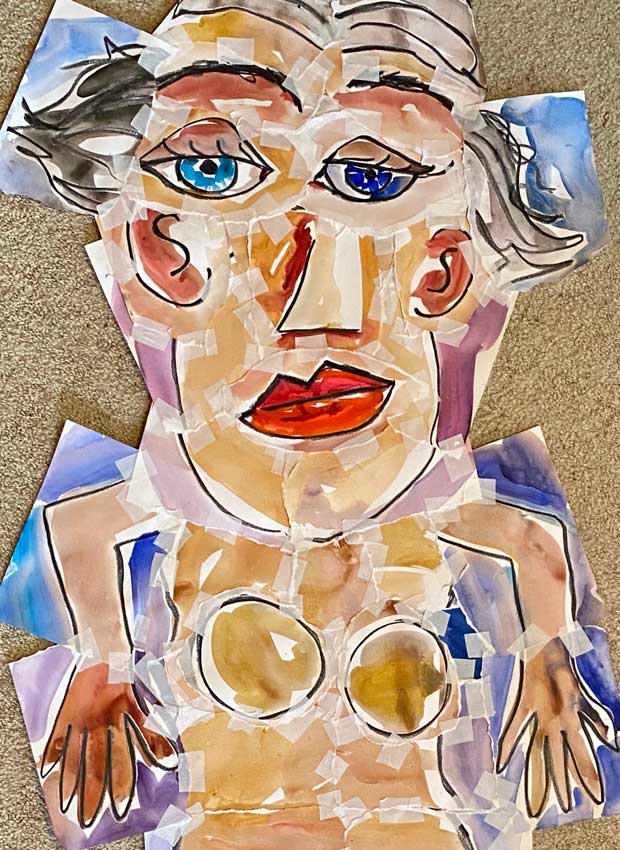
Nude Self-portrait: A study in brokenness, vulnerability, and resiliency (detail)
Time seemed to move so slow. But with each passing second, his eyes only grew warmer. He never wavered. His gaze remained constant.
My eyes never left his. I still belonged to him after almost four decades. Our years, full of adventure, spanned three continents, from Japan to Germany and everywhere in between. Memories poured through my mind: laughter, tears, walks, date nights, conversations, a daughter, fights, a son, misunderstandings, cross-country moves, another son, an international move, a third son, four grandchildren, and more lovemaking.
I suddenly picked up my phone to see if the timer was still going. It felt like we had gazed at each other for an eternity. But we had another two seconds to go. At the end of our two-minute stare down, my husband affectionately dried the tear off my right cheek with his two fingers. I leaned toward his tender touch. We both smiled. As we stood up, he wrapped his arms around me and drew me close.
Throughout this two-minute exercise, my eyes were tempted to break away, even for a second. But as I pushed past the discomfort, I experienced a new intimacy with my husband. Somehow, the brief exercise advanced our marriage to a new level of trust. For the rest of the day, my soul felt at peace: My husband still loved me, and I loved him.
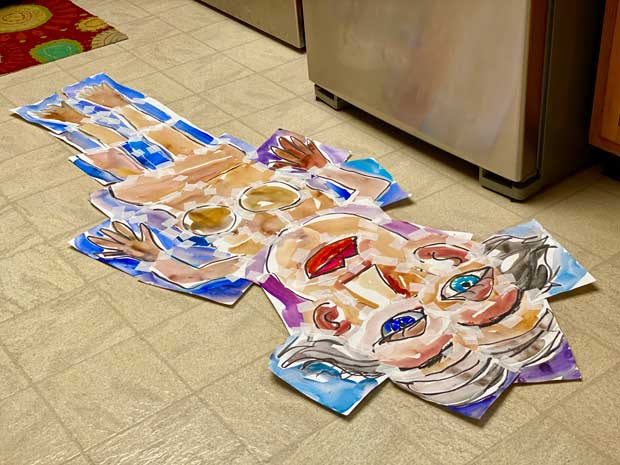
Nude Self-portrait, Pamela Alderman, Mixed media, 75 x 28-inches, 2020


